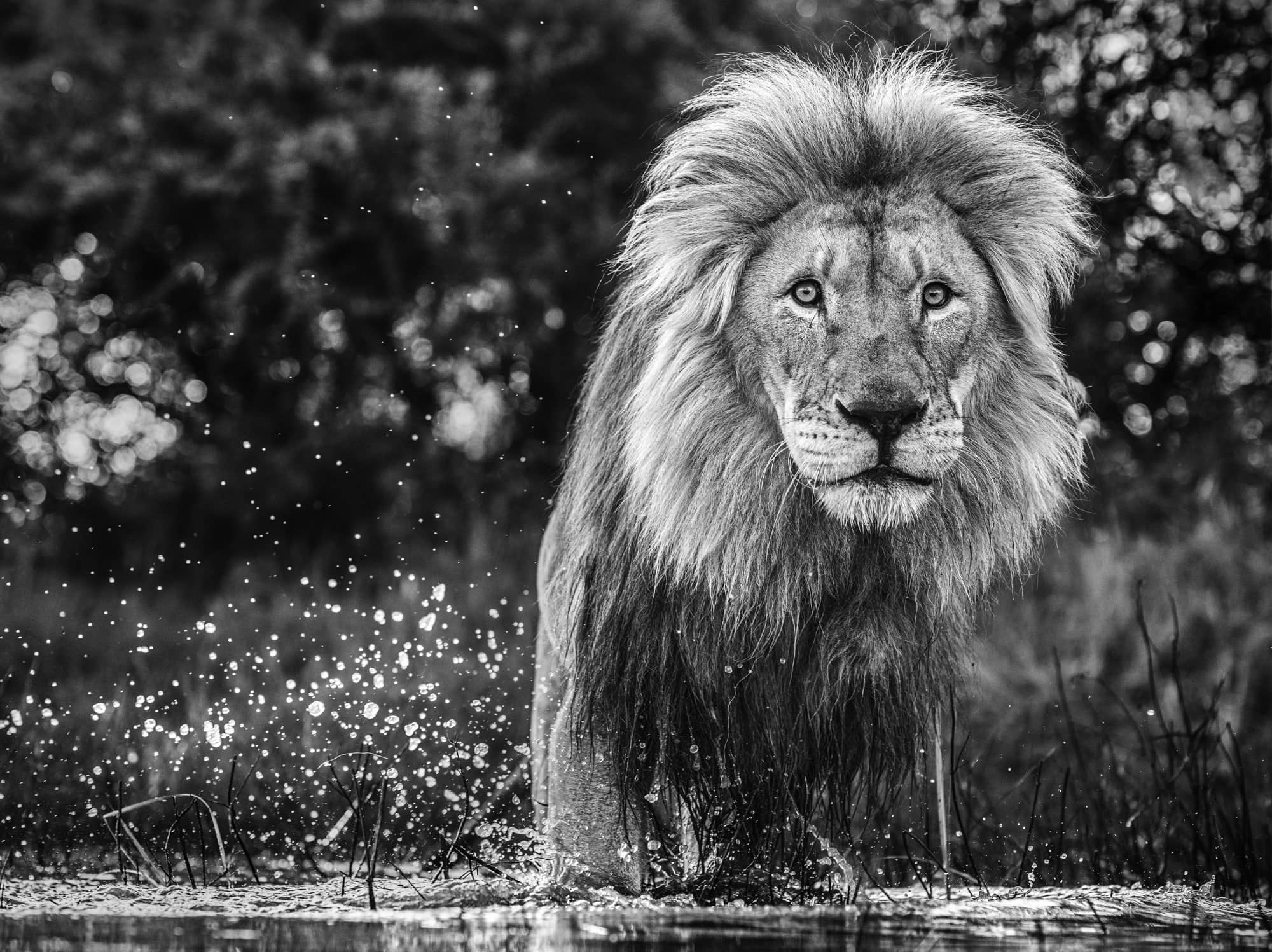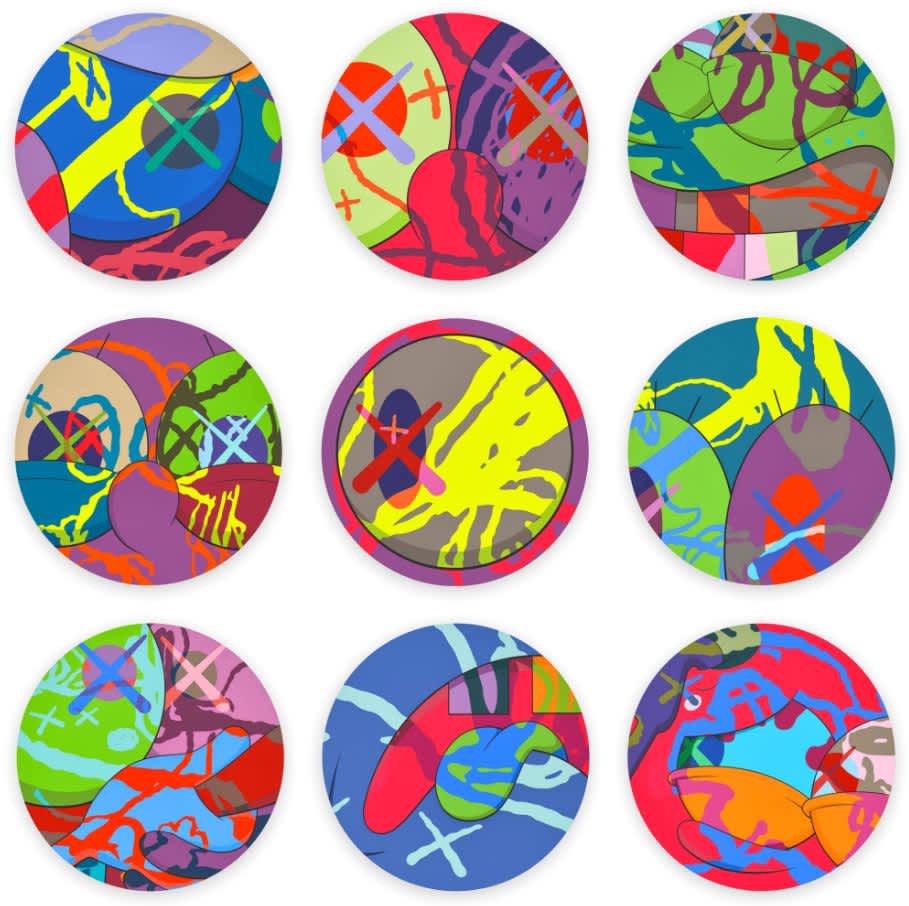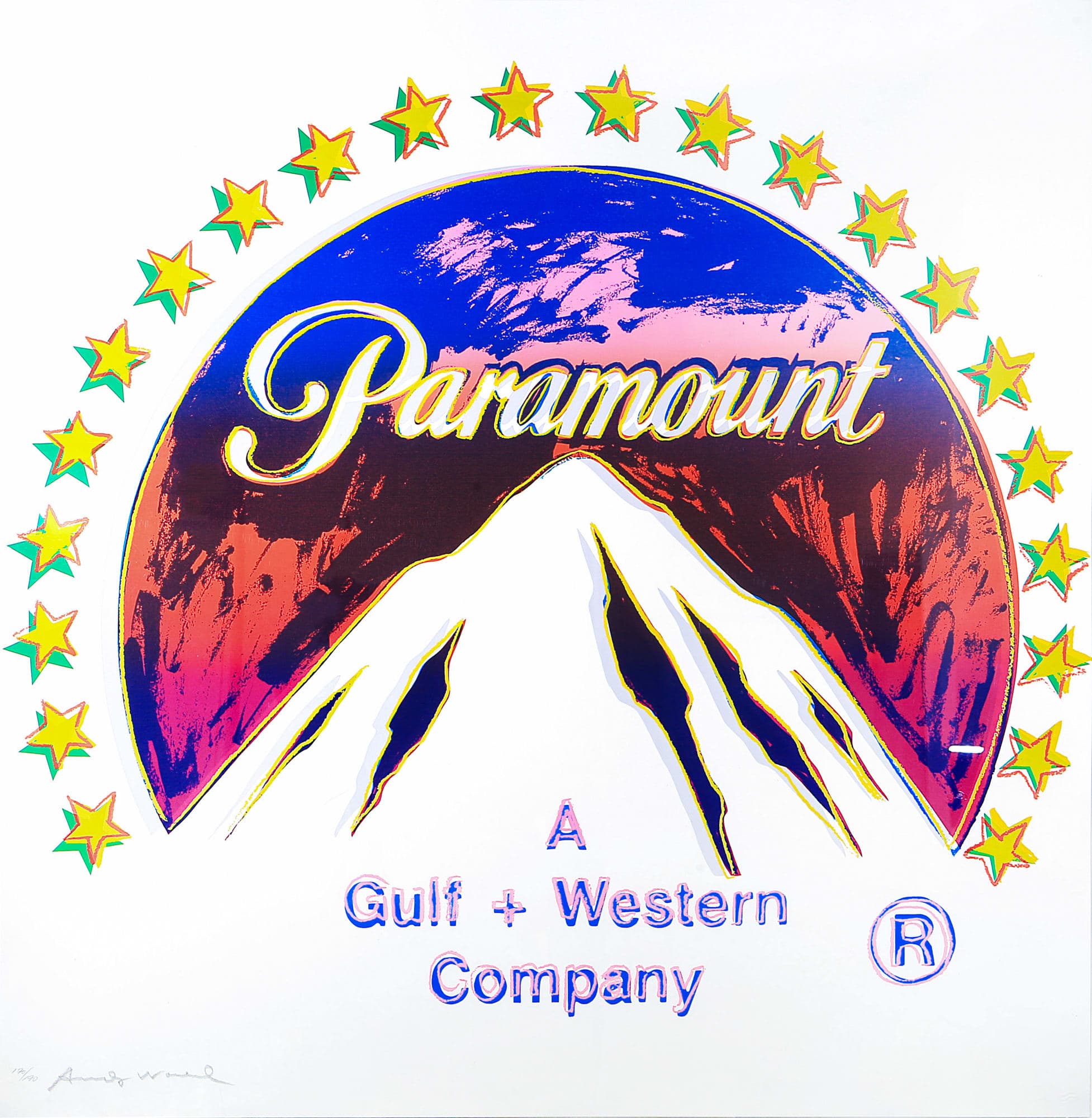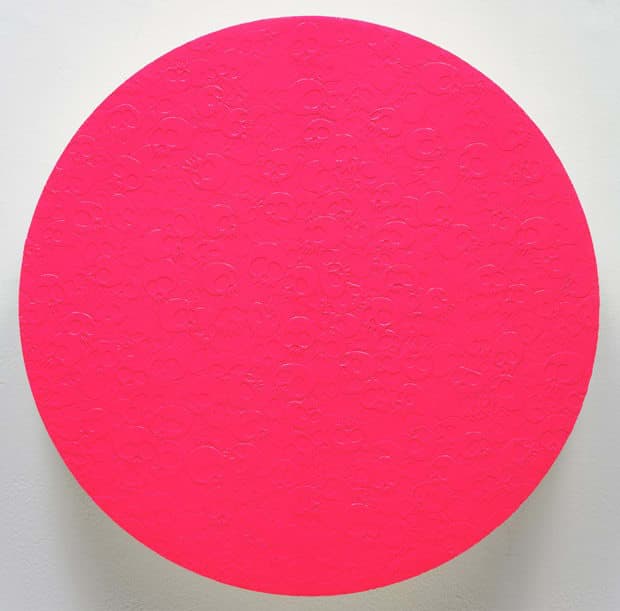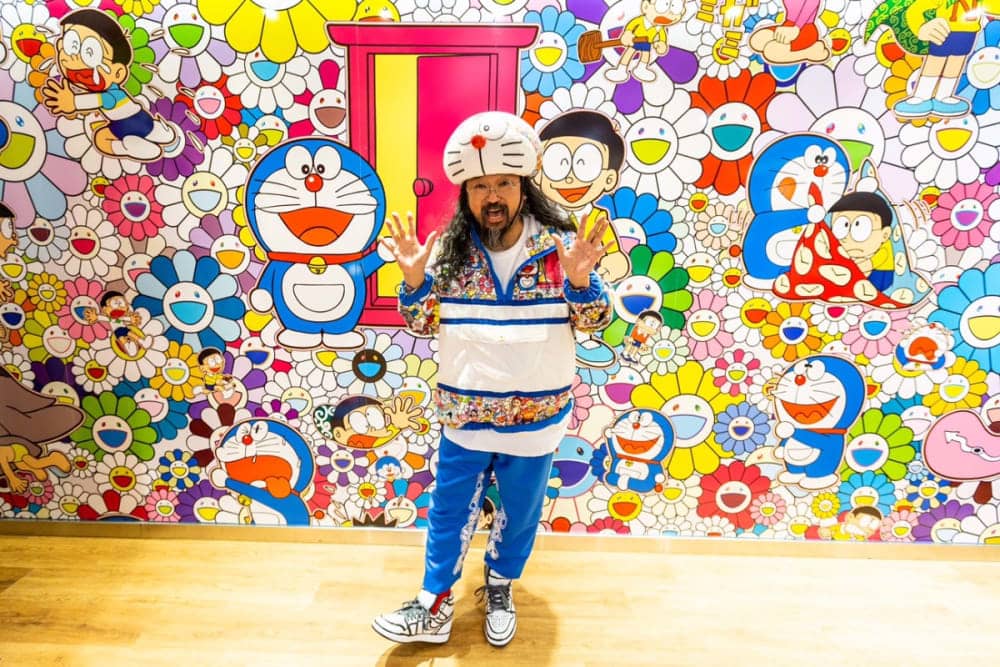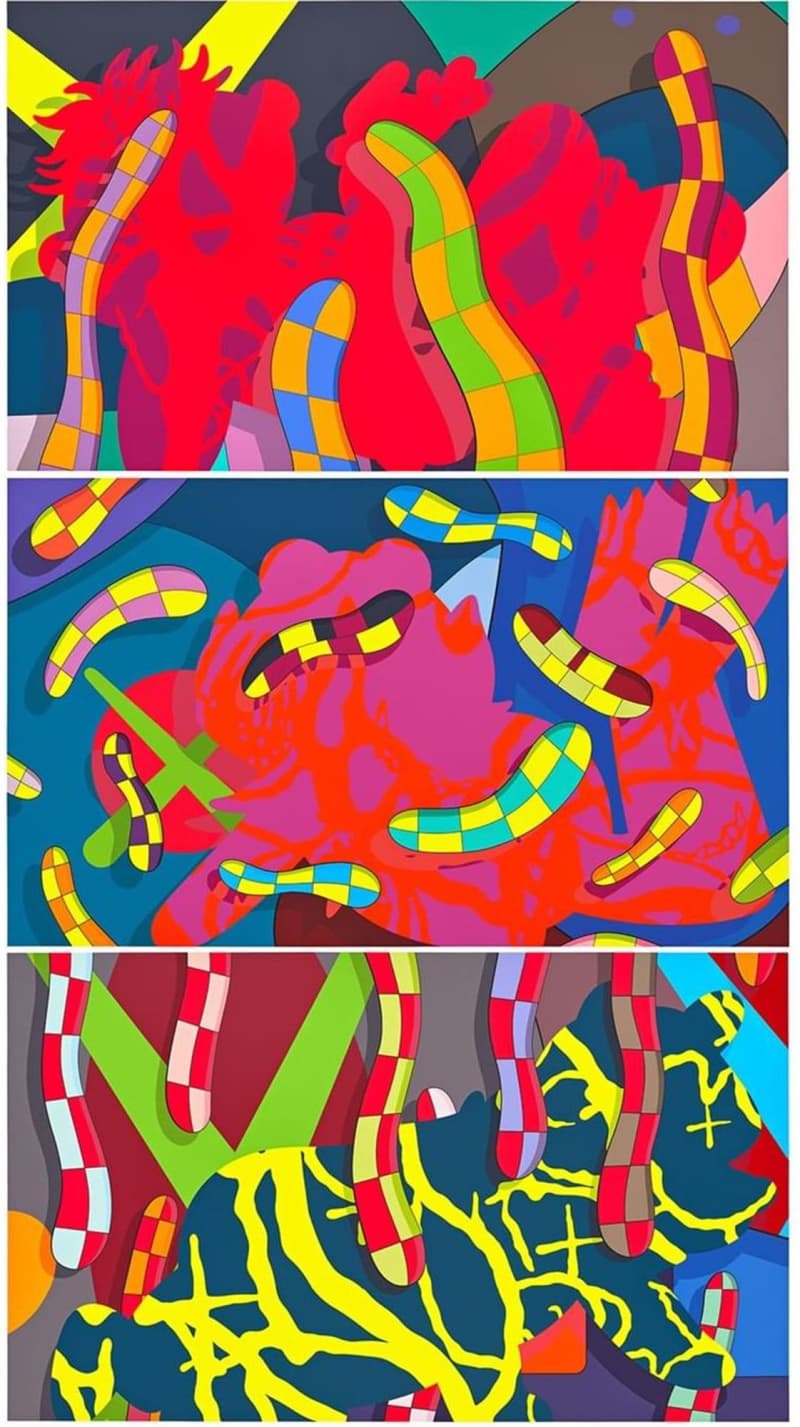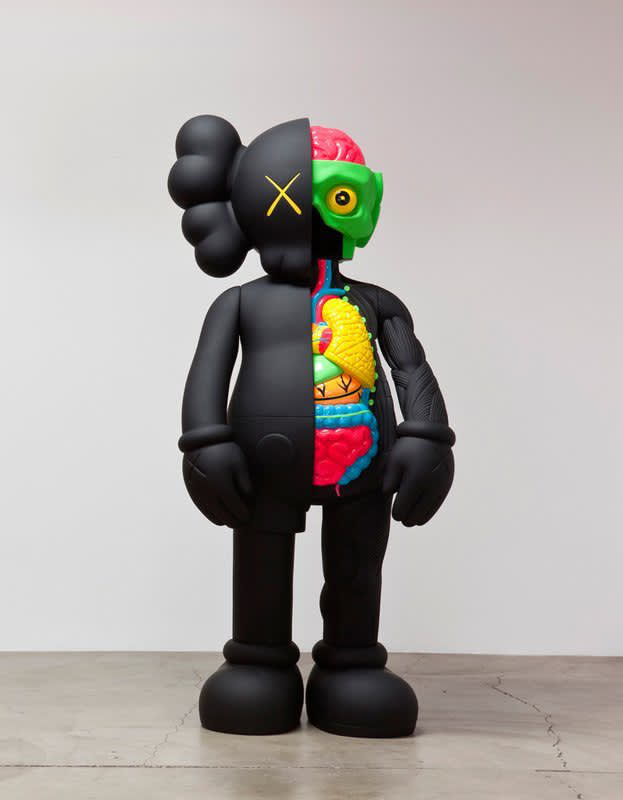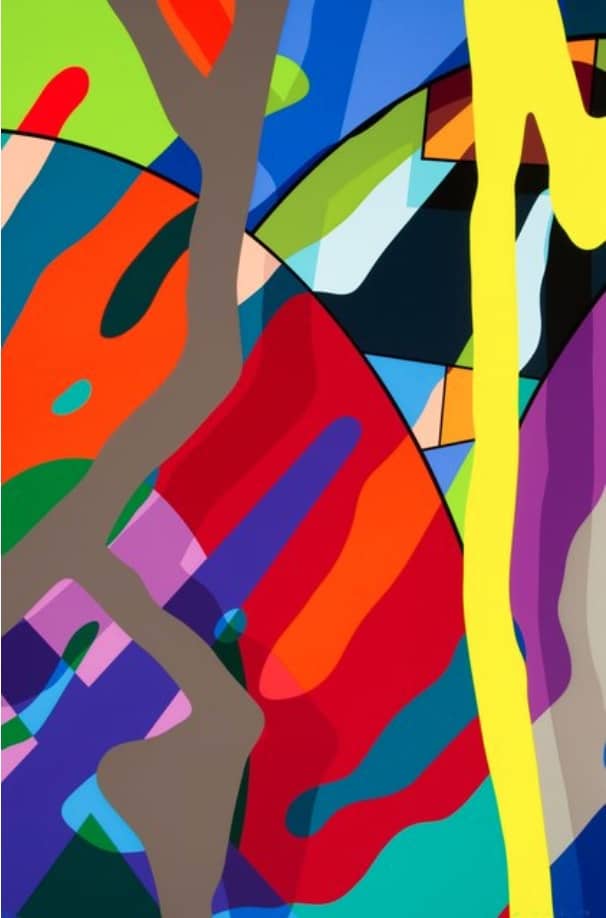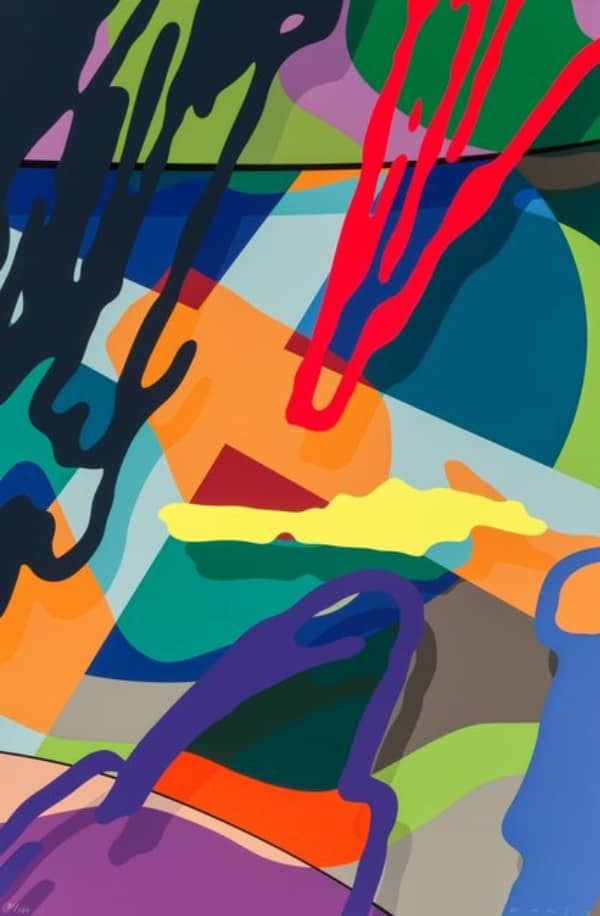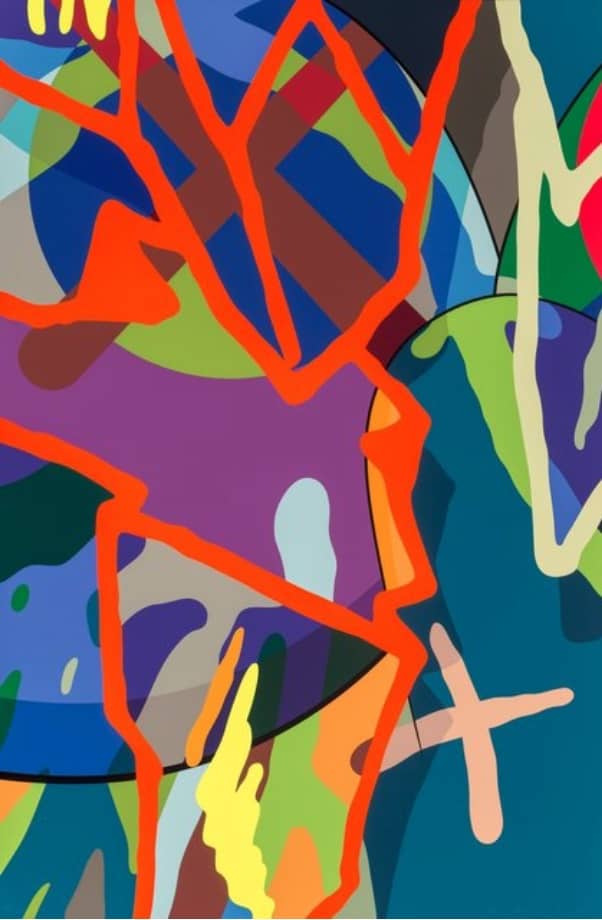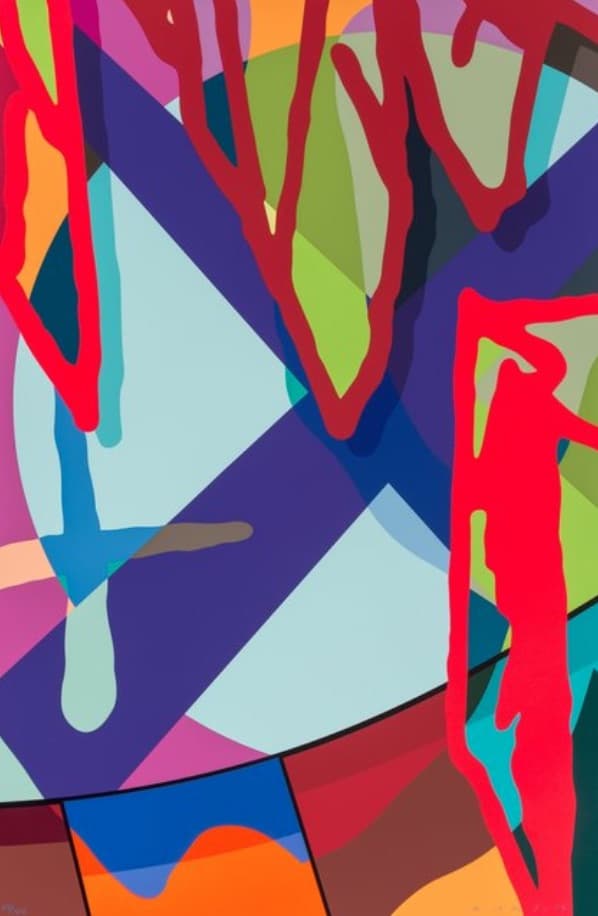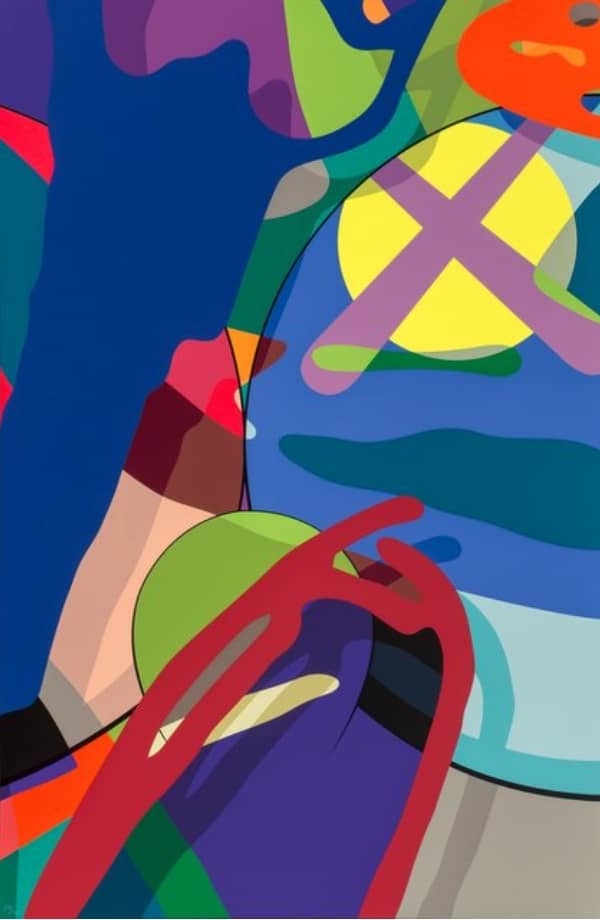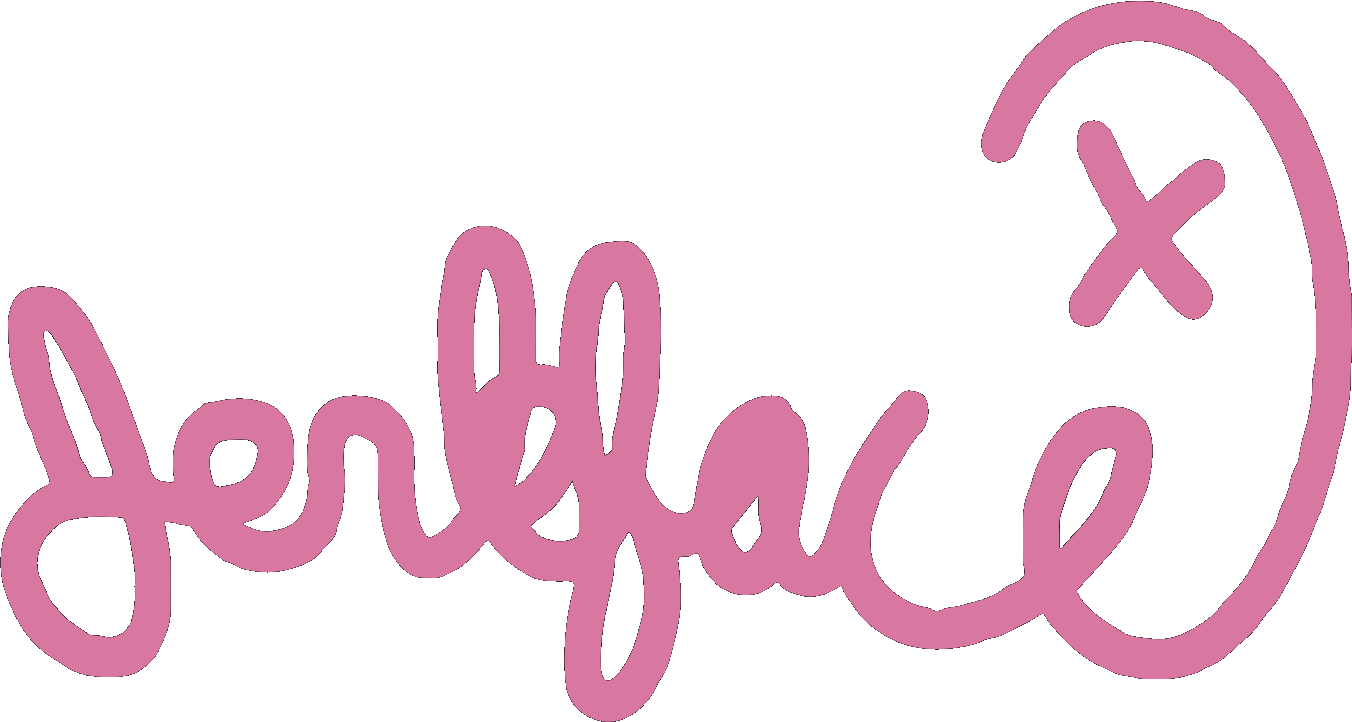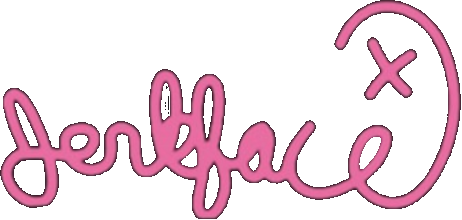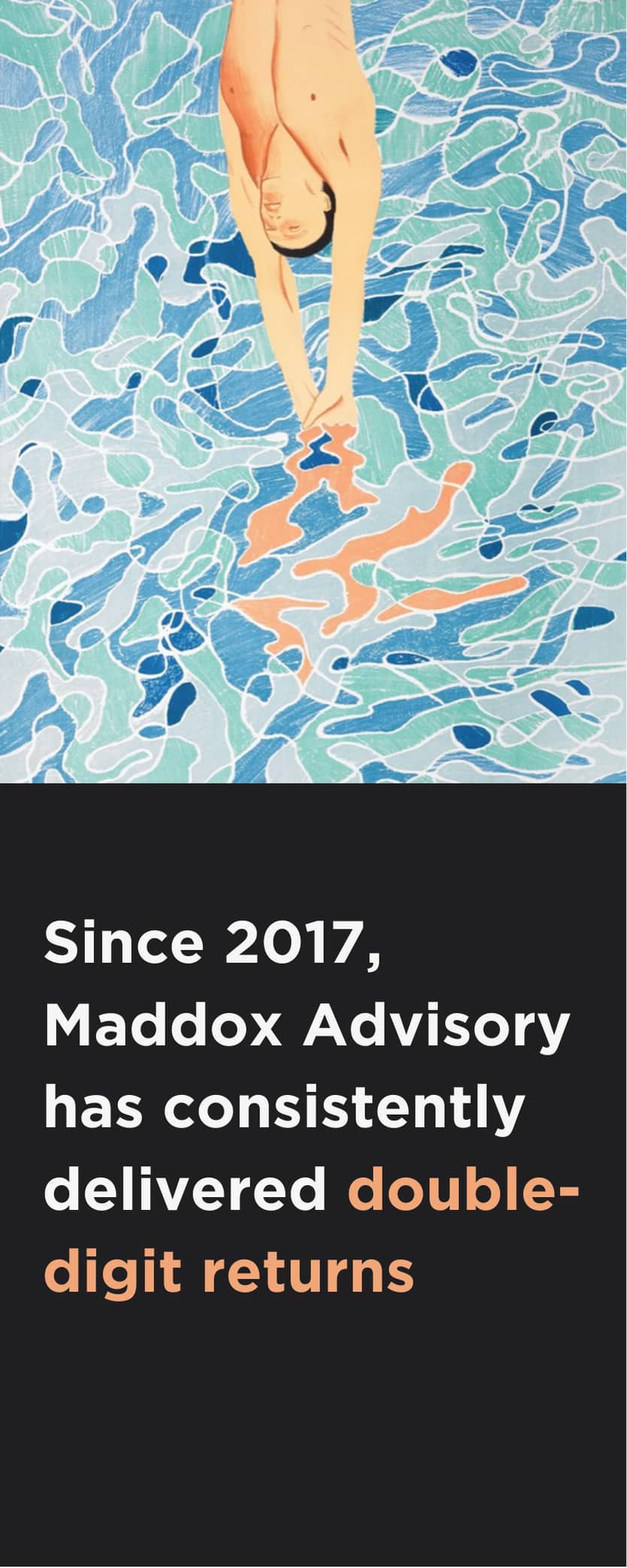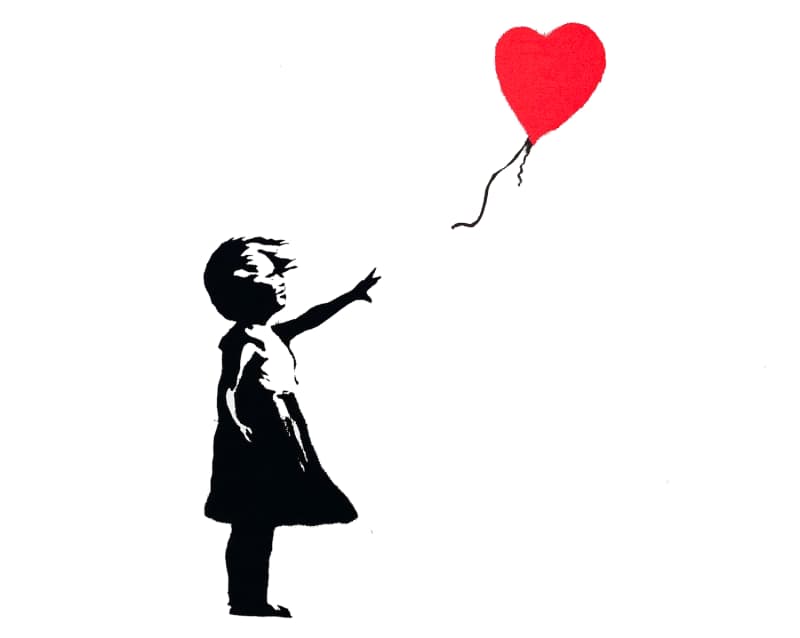5 Artists Whose Work Offers Escapism During Isolation
In these unprecedented times of global lockdown and self-isolation, more than ever before we're looking to artists to inspire and offer escapism from the current difficult circumstances we're finding ourselves in.
Mr Brainwash
Internationally recognised for his humorous take on the historical, Mr Brainwash imaginatively constructs and alters traditional portraits by incorporating cartoonish iconography and graffiti-inspired slogans.
Initially carving out a name for himself as a prominent member in the street art movement- "the street is open to everyone, it's the biggest gallery we can get, with very few rules" - Mr Brainwash has long been motivated by the credence that "art shouldn't be serious." Believing his job as an artist is to promote positivity, ideas of freedom and love form the basis of all of his works and many of his artworks often repeat the same few mantras: 'Life is Beautiful'; 'Never, Never Give Up' and 'Follow Your Dreams.' "I'm not too much of a snob about the art world, I'm just somebody who makes it fun."
Known for recreating famous works by other artists such as Picasso and Matisse to Jeff Koons and Keith Haring, Mr Brainwash's work exists in a paradigm between the past and the present; suspending time for every viewer that stands before his work.
"I'm looking at the past and I'm taking from the past, but I'm also bringing something new back and trying to give it another way of being. Art for me is all about freedom, that freedom of expression."
David Yarrow
David Yarrow's commitment to 'capturing the splendour of what remains wild and free in our world' allowed him to transcend wildlife photography and become one of the world's leading fine art photographers. He has travelled pole to pole, to the world's most remote habitats to allow us a glimpse of the truly untamed. The resulting images are unerringly iconic and connect with us on a primal level; of curiosity, desire, and fear.
The danger laced through every photograph is no illusion - to bring us these images Yarrow has been held at gunpoint in South Sudan, waded through the crocodile-infested Nile, and had to remember the advice of 'if you run, you'll die'. That's the price of entering the unknown, a scattered place that diminishes with every passing year.
His images are a visceral fusion of Ansel Adams' composition, David Attenborough's intimate knowledge, and Ridley Scott's visual drama. Physical perspective is one of the things that makes Yarrow's work stand out from all others. Following Robert Capa's advice of 'if your pictures aren't good enough, you're not close enough', Yarrow uses remote control cameras and enticements to bring polar bears, lions, and tigers to his camera for face-to-face confrontations. Every image is the result of hours of logistical preparation and deep psychological knowledge of his subjects.
Even Yarrow's definition of creativity involves commitment and determination. When asked what it means, he responds,
'For me, being creative means that you have to transgress, break borders, and break rules… To be creative means also that you have to do a lot of homework: ideas can come up, but research can be an instrument to create things. With proximity, which means getting really close, you can reach the soul of creation'.
KAWS
In less than 10 years, graffiti artist turned blue-chip darling, KAWS has become a household name with his cartoonish iconography, gigantic sculptures, collectable toys and vibrant paintings. Straddling the world of both high art and consumer culture, the artist's auction record was shattered when a 2005 painting, titled THE KAWS ALBUM, sold for HK$115.9 million ($14.8 million) at Sotheby's in Hong Kong-nearly 15 times the high estimate and more than five times his previous record of $2.7 million, which was set just last year.
With a background in street art, KAWS perfected his practice by defacing billboards around New York City, since then the prolific artist has gone on to collaborate with a multitude of brands including Dior, Marc Jacobs, Uniqlo and Comme Des Garçons, amassing over 2.7 million followers on Instagram along the way. It's safe to say the cult of KAWS is well and truly happening.
KAWS is seen as the enfant terrible of the New York art world. Many have compared him to Jean-Michel Basquiat and Keith Haring, whose own inimitable styles started out on the street, as well as Andy Warhol and Jeff Koons, who both had an instinctive understanding of the possibilities of art in the age of mechanical reproduction.
In 2012, KAWS created a scene-stealing 14-foot balloon for the Macy's Thanksgiving Day Parade which appeared alongside iconic characters such as Mickey Mouse and Sonic the Hedgehog. Demonstrating proof of KAWS' talent at transforming art into a spectacle for mass consumption, the inimitable artist has disrupted the art scene by breaking down the barriers between 'high' art and 'low' art.
His landscape-changing Land Art has also been applauded by art critics and curators, particularly his "KAWS: Holiday" project, for which the artist installed a 37-meter sculpture of one of his "Companion" figures in locations around the world. "I've always been interested in public art," the artist says. "A lot of the reason of how I make work is about communication, it's about creating a dialogue with the viewer, and putting work out there they weren't expecting to interact with that day."
Andy Warhol
Andy Warhol is one of the most iconic artists in the history of experimental art. He pioneered the Pop Art movement, commercialising the genre in ways that had never been seen before. Combining avant-garde concepts with highly-commercial techniques, he embraced consumerism and its aesthetic at a time when most of his contemporaries were rebelling against it, and his works were received with mixed reaction.
Andy Warhol, The New Spirit (Donald Duck), 1985
His first exhibition of 32 Campbell's Soup cans in 1962 was panned at the time by attending art critics but later gained international acclaim. Warhol relished the notoriety:
"Art is what you can get away with", he famously declared.
With his shock of white hair and penchant for dark glasses and black clothing, Warhol relished and lived up to his celebrity as the coolest exponent of experimental art. His studio, The Factory' (a glib reference to the mass-produced nature of his work), opened in 1964 and soon became a hub for movie stars, models, artist and musicians, including Mick Jagger, Bob Dylan , Salvador Dalí and Lou Reed (for a time he managed the Velvet Underground and the characters named in 'Walk on the Wild Side were all habitués of the studio). This gave him the perfect opportunity to observe celebrity culture and popular icons up close and with this source of inspiration Warhol developed his signature pop art style, including the silk-screen prints of Marilyn Monroe, Liz Taylor and Jackie Kennedy for which he is perhaps most famous.
Takashi Murakami
Takashi Murakami is one of the most acclaimed artists to emerge from post-war Asia, challenging of the distinction between commercialism and fine art. Blurring the line between fine art and popular Japanese culture, he is often likened to Andy Warhol, Damien Hirst and Jeff Koons.
Born in Tokyo in 1962, Takashi Murakami was exposed to a number of Western influences at any early age. Inspired by the Japanese comic-book style Manga, he dreamed of becoming an animation artist and entered the Tokyo National University of Fine Arts and Music, where he studied Nihonga, a Japanese art form fusing Japanese subject matter with European painting techniques. He became disillusioned with the style, however, feeling that it was no longer relevant in modern Japanese society and instead began to experiment with his own style, looking to Japan's 'low' culture, especially Anime and Manga, and the subculture of Otaku, from which he takes particular inspiration and eventually developing a new style of Pop art: Neo Pop.
Takashi Murakami created his own art movement, called Superflat. Commenting on post-war Japanese society, in which differences in social class and popular taste have 'flattened', the concept repackages what is considered 'low' art and presents it as 'high' art. Its bright and easy aesthetic was an immediate success, attracting a wide audience and inspiring an entire generation of contemporary Japanese artists.
